Clancy Tucker's Blog, page 84
April 16, 2020
17 April 2020 - LIFE IS SLOWLY RETURNING TO AUSTRALIAN BUSH AFTER BUSHFIRES

LIFE IS SLOWLY RETURNING TO AUSTRALIAN BUSH AFTER BUSHFIRES
G'day folks,
For the last few months, Australia has been tormented by natural disasters caused by extreme weather, from destructive fires worsened by drought, to flash flooding that occurred when that drought suddenly ended. Here, you can see photos of the damage that the bushfires have already done to wildlife and communities. While the southern states of Victoria and New South Wales aren’t out of the woods yet and many fires are still raging, photos show that life goes on in the areas that the fire already passed through.
Plants that have evolved to shield their buds from fire so they can quickly resprout after being burnt at the surface, or even take advantage of the nutrients in ash, are called pyrophytic plants. It’s not uncommon to see them blooming en masse after a devastating fire, and the brilliant greens and reds against the blackened landscape have a stunning visual effect. But even though the cycle of being burnt and growing back again is normal for Australia’s vegetation, the plant and animal survivors still face challenges.
Let's see how resilient this landscape is ...


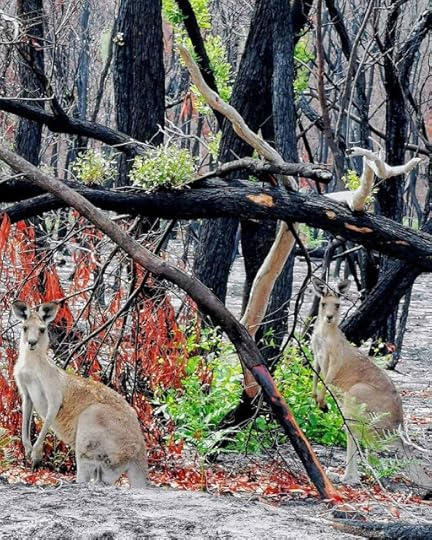
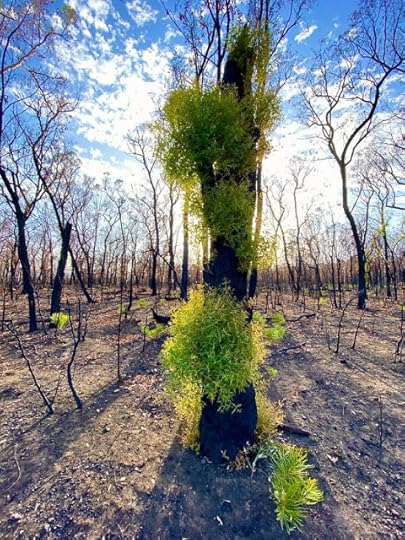
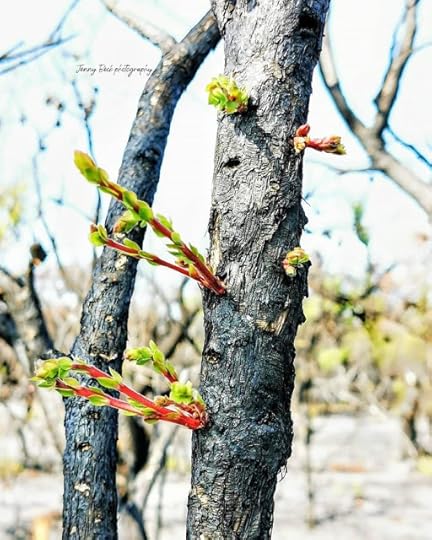

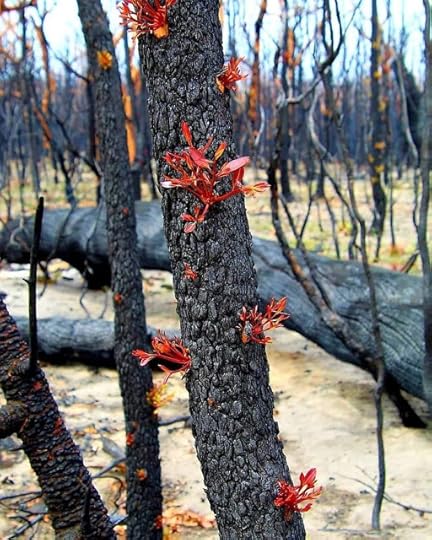



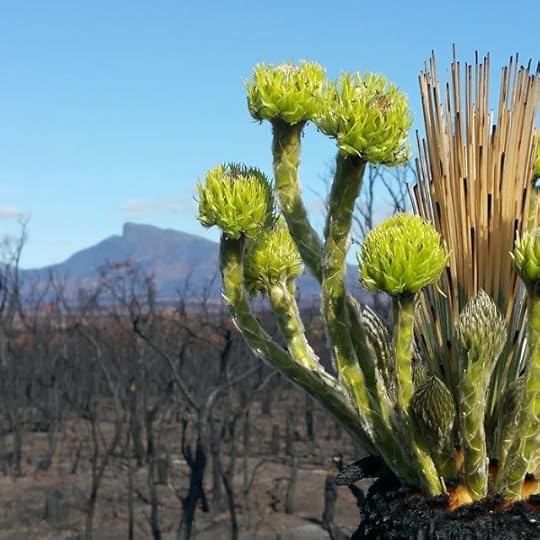



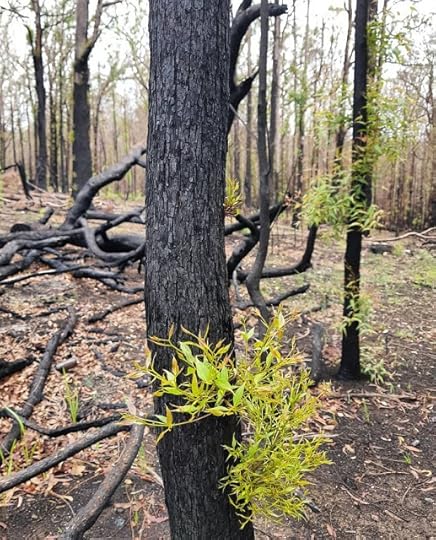


Clancy's comment: Amazing, eh? Thank you to the photographers for sharing their work.
I'm ...


Published on April 16, 2020 14:07
April 15, 2020
16 April 2020 - HIDDEN BUNKERS IN BRATISLAVA, SLOVAKIA

HIDDEN BUNKERS IN BRATISLAVA, SLOVAKIA
G'day folks,A line of disused military bunkers built to defend against Nazi invasion lies hidden on the outskirts of this city. In Petržalka, the very edge of the city of Bratislava on the western bank of the Danube, sits a string of concrete bunkers scattered across a variety of fields and woods. These are the best-preserved remnants of an expensive border defense system that was constructed throughout the country over 80 years ago.


In the 1930s, what was then Czechoslovakia invested in a line of military fortifications to defend against invasion by Nazi Germany, which by 1938 following the annexation of Austria (Anschluss), also threatened Bratislava, which sits on the Danube mere miles from the Austrian border.
At the time of building the bunkers were state of the art, but ultimately proved of little use. Under the Munich Agreement brokered between Britain, France, and Germany, Czechoslovakia was forced to give up most of its borderlands, including the bunkers. This left the country with a new, poorly defended border and soon afterward the entirety of what was Czechoslovakia fell under Nazi control.


There are 14 surviving bunkers along the stretch of border. The largest and best preserved is BS-8, which is maintained as a museum by a team of dedicated volunteers. If you are lucky or make advance contact, they will give tours allowing you access inside the restored bunker. BS-8 is located next to a small World War I cemetery and a slightly incongruous picnic area and playground. Other smaller bunkers, BS-9, and BS-7 can also be found nearby.
Standing at BS-8 you can see a nearby road across a field; this road is where the border with Austria lies. Standing at the bunker looking across the perfectly flat fields, you get a sense of the vulnerability the young nation that created these bunkers must have felt.

Clancy's comment: Understandably, similar fortifications were built all over Europe, in fear of Nazi Germany.
I'm ...


Published on April 15, 2020 14:55
April 14, 2020
15 April 2020 - HUMOROUS GRAFFITI
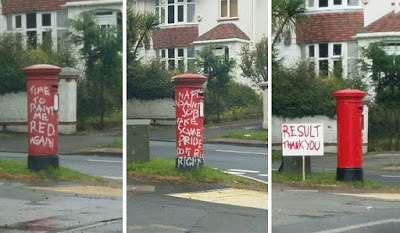
HUMOROUS GRAFFITI
G'day folks,
The reputation of graffiti is not what it used to be. Once viewed as a nuisance and a sign of crime and social degeneracy, more and more cities are taking a new approach by putting up welcome areas for street art, or commissioning artists who are proficient with spray paint to decorate old buildings with murals.
Of course, graffiti varies heavily in terms of complexity and mass appeal, and many argue that by arbitrarily picking what kind of street art is socially acceptable and should be encouraged by the law is simply creating a sanitized version of the traditional form of expression, as even the simplest scrawls have a purpose of expressing an opinion, frustration, or simply affirmation that one exists and wants to be heard.
Most of the graffiti in this post falls into the latter category, but with one common feature: the writer put it there just to make the next person laugh, smile, or think. Check out some exxamples...









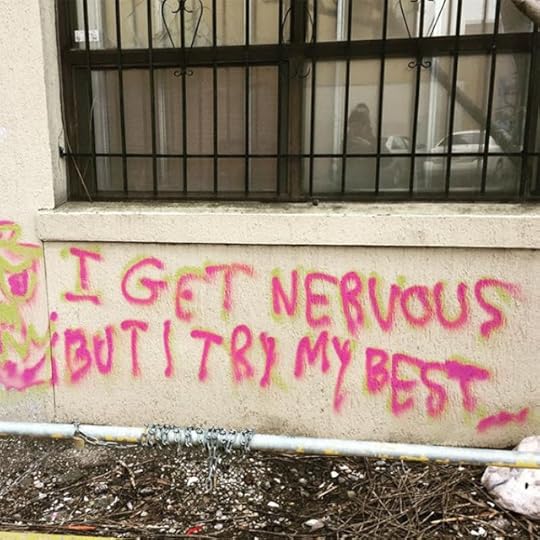

Clancy's comment: This signage is all over the world, and many comments are quite profound. Every now and then I will post some of them for you. Some of the artwork is extraordinary.
I'm ...


Published on April 14, 2020 13:26
April 13, 2020
14 April 2020 - OLD IRONMAKING COMPLEX HIDDEN IN THE WOODS
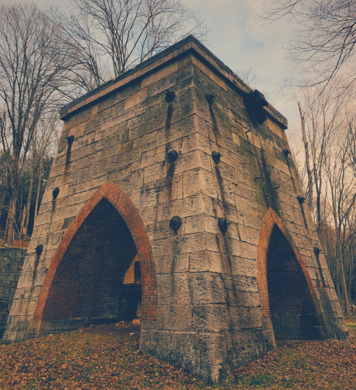
OLD IRONMAKING COMPLEX HIDDEN IN THE WOODS
G'day folks,The remnants of a 19th-century ironmaking complex is hidden in the woods of Connecticut, U.S.A. Within this Roxbury, Connecticut, forest stands an enormous cold blast furnace. This is known as Mine Hill Preserve, a 19th-century ironmaking complex that was in operation from 1865 to 1872, turning ore into steel.
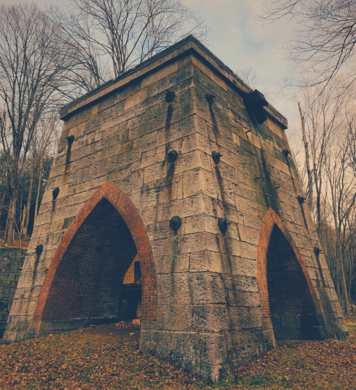
 In addition to the blast furnaces, there resides a rock quarry off one of the trails. Roxbury was known for its light-gray stone. The material built churches, bridges, and beautiful homes from New York City to New Britain.
In addition to the blast furnaces, there resides a rock quarry off one of the trails. Roxbury was known for its light-gray stone. The material built churches, bridges, and beautiful homes from New York City to New Britain.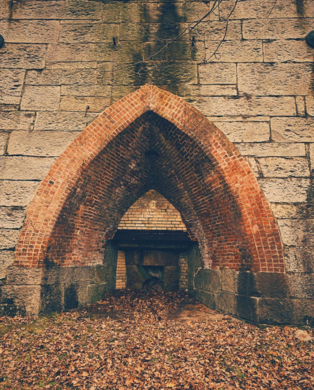
The furnace and mining operation closed in 1905, and the rock quarry in 1935. It was added to the National Registry of Historic Places on June 24th, 1979. Now, the remnants of this gigantic furnace, sister furnaces, and quarry remain for visits dawn until dusk.
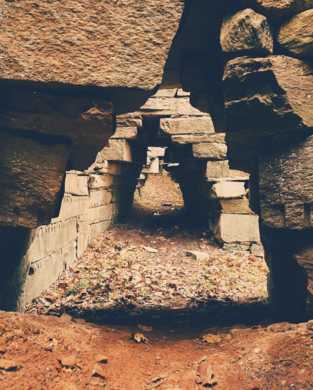
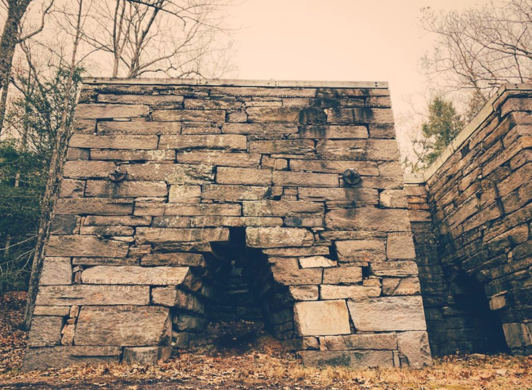
Mine Hill Preserve is on a land trust and therefore open to the public from dawn until dusk. There is a parking area on Mine Hill Road that provides access to all the trails.
There is a very short loop path leading to the main area where the blast furnaces are located, and a longer 3.5-mile trail that loops through the areas where the 18th and 19th-century mining activities took place. Placards are placed around the site for those interested in the history of Mine Hill.
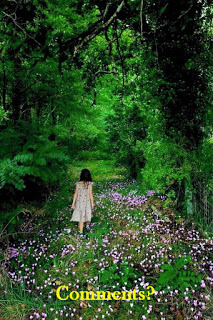
Clancy's comment: Magnificent brickwork, eh?
I'm ...


Published on April 13, 2020 14:23
April 12, 2020
13 April 2020 - CLANCY TUCKER PHOTOGRAPHY - WILDLIFE

CLANCY TUCKER PHOTOGRAPHY - WILDLIFE -
G'day folks,
Welcome to some more of my photographs of wildlife. Some of these were taken here in Australia and others were recently taken in Laos and Burma.








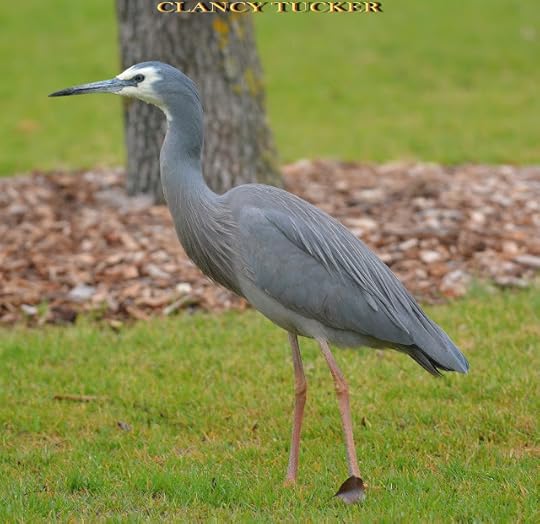


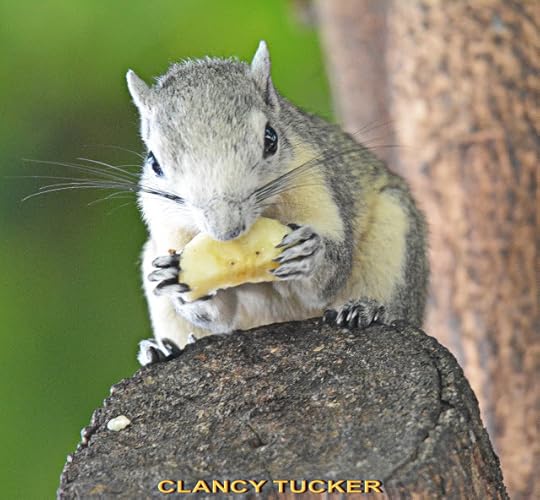

Clancy's comment: The squirrels fascinate me. They also drive me crazy because they move so fast, and it's not easy to snap them whilst I'm holding a heavy camera. However, they are cute, and they are not all the same colour. Some are white, black, ginger, red, and often a mixture of colours.
I'm ...


Published on April 12, 2020 14:32
April 11, 2020
12 April 2020 - SU NURAXI di BARUMINI - BARUMINI, ITALY
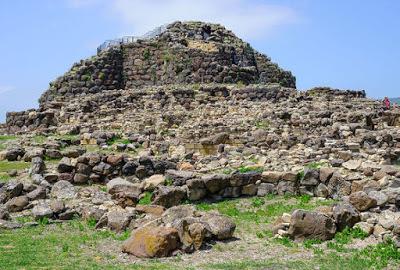
SU NURAXI di BARUMINI - BARUMINI, ITALY -
G'day folks,This one-of-a-kind archeological site is home to strange prehistoric ruins, the original use of which is still a mystery. Sardinia was once populated with thousands of stone towers and mound complexes known as “nuraghi,” a form of prehistoric construction that is found nowhere else in the world, and of the remaining examples of this unique form of architecture, Su Nuraxi di Barumini gives us our best glimpse of the possible meaning behind these mysterious structures.

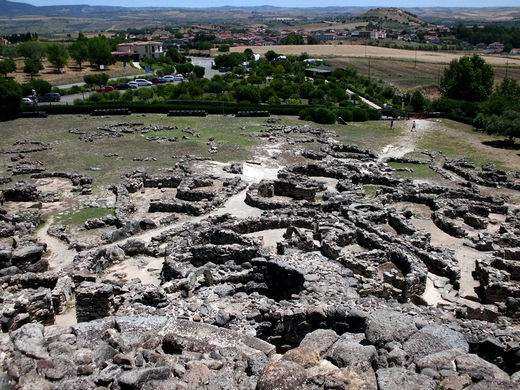
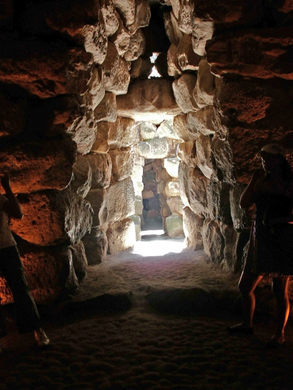
 Originating during the Bronze Age around the 17th century BCE, the complex gathering of stone ruins seem to have served a number of uses in their initial construction, although no one answer has been definitively proven. The site consists of a central stone tower that is the oldest portion of the ruins and the largest. The tower holds three stacked chambers and seems to have been surrounded by a system of walls that were built later as well as a quartet of towers that did not survive to the present day. The tower is believed to have most likely been a fortress of some kind given the walls and tall construction, although there is also evidence that it protected some sort of religious purpose, or possibly even acted as some sort of redoubt.
Originating during the Bronze Age around the 17th century BCE, the complex gathering of stone ruins seem to have served a number of uses in their initial construction, although no one answer has been definitively proven. The site consists of a central stone tower that is the oldest portion of the ruins and the largest. The tower holds three stacked chambers and seems to have been surrounded by a system of walls that were built later as well as a quartet of towers that did not survive to the present day. The tower is believed to have most likely been a fortress of some kind given the walls and tall construction, although there is also evidence that it protected some sort of religious purpose, or possibly even acted as some sort of redoubt.
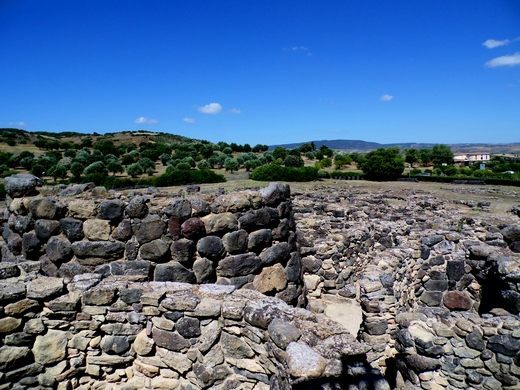
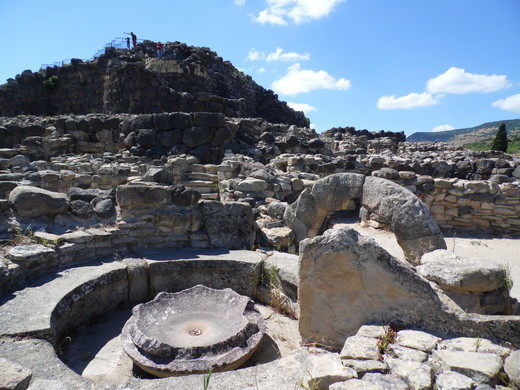 Surrounding this central construction are the remains of around 50 smaller huts, built in a circular pattern that believed to have belonged to the specific tribes or even individuals who may have had business, or led their lives around the central tower.
Surrounding this central construction are the remains of around 50 smaller huts, built in a circular pattern that believed to have belonged to the specific tribes or even individuals who may have had business, or led their lives around the central tower.Like much of ancient Sardinian history, the precise use of the nuraghi is uncertain. However prehistoric construction of the kind found scattered around Sardinia, and especially at Su Nuraxi di Barumini, has never been seen anywhere else on the planet, making the mysterious remains all the more important.
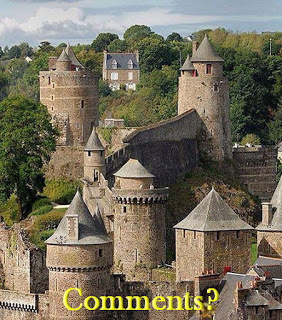
Clancy's comment: A very interesting complex that would have taken skill and manpower to construct, eh? Amazing brickwork.
I'm ...


Published on April 11, 2020 15:45
April 10, 2020
11 April 2020 - A COLLECTION OF RARE PHOTOGRAPHS FROM THE PAST

A COLLECTION OF RARE PHOTOGRAPHS FROM THE PAST
G'day folks,
Welcome to some ancient photographs that might bring back some great memories.
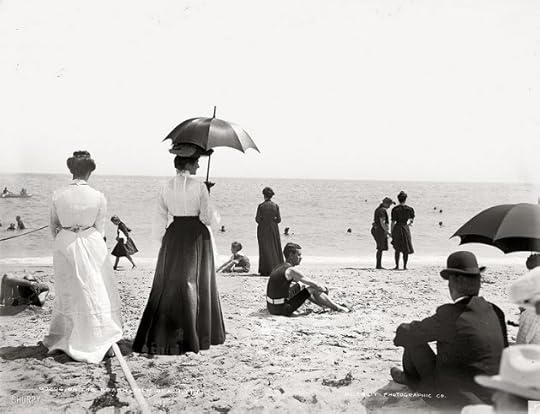









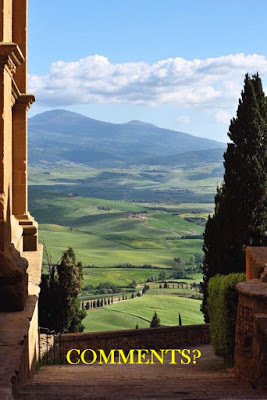
Clancy's comment: Amazing fashions on the beach, eh?
I'm ...


Published on April 10, 2020 15:48
April 9, 2020
10 April 2020 - INSPIRING QUOTES

INSPIRING QUOTES
G'day folks,
Yep, it's time for some inspiring words, and the world sure needs some.















Clancy's comment: Some good quotes here. Pass them on, and stay safe. Happy Easter!
I'm ...


Published on April 09, 2020 15:14
April 8, 2020
9 April 2020 - THE SECRETS OF VILLA ROSA - SWITZERLAND

THE SECRETS OF VILLA ROSA - SWITZERLAND -
G'day folks,This secret Swiss fortress is disguised as a harmless pink house, complete with fake windows. Located on the Toblerone defensive line in Switzerland, the Villa Rose is one of twelve fortresses that were built to defend the country from invasion during World War II. Although you could be forgiven for not knowing that since it appears to be a garish pink suburban home from the outside.
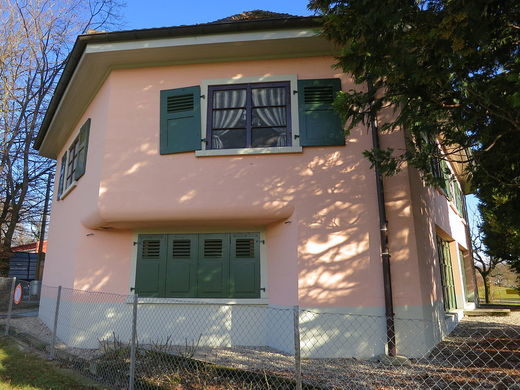

This hidden stronghold was built in 1940 as part of a larger defensive line that is usually defined more by the miles of cement dragon’s teeth connecting 12 fortresses including the Villa Rose. The fortification itself looks like a harmless two-story home but instead of a nuclear family lounging inside, the false house held massive guns. The large green garage door could open to reveal two huge cannons which were assisted by a third hidden behind the shutters of a ground floor window.
The whole thing was made of thick cement walls which were painted pink, apparently in an effort to make the fort seem even less harmless. There are even false windows on the second floor that are simply painted on the concrete.

The Villa Rose had a companion fortress along the Torblerone Line known as the Villa Vert which was a similarly disguised battlement that was painted green. Both of the villas were just a couple of examples of “false chalets” built all around Switzerland during the war. Villa Rose is the best maintained example of these secret forts and is now open as a museum.
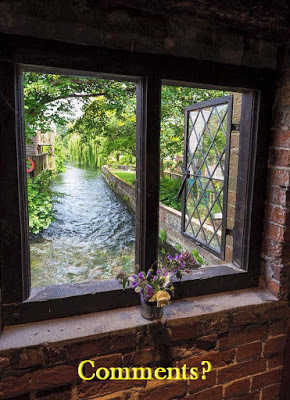
Clancy's comment: Wow. You never know what is behind closed doors, eh?
I'm ...


Published on April 08, 2020 14:07
April 7, 2020
8 April 2020 - ABANDONED RUINS OF THE SENECA QUARRY

ABANDONED RUINS OF THE SENECA QUARRY
G'day folks,This ruined quarry once produced the distinctive red sandstone used for construction projects in Washington, D.C. The ruins of Seneca Quarry sit along the Chesapeake and Ohio Canal on the north bank of the Potomac River, about 20 miles upriver from Washington, D.C. In its heyday, the quarry was a bustling site that produced the distinctive rust-red sandstone used in many buildings in the United States capital. Today, however, it sits in the midst of dense forest, covered in undergrowth and easily missed by people hiking and biking along the nearby canal. The history of the quarry dates back to 1781, when the land was purchased by Robert Peter. Over the following decades, the Peter family developed the red sandstone and marble quarries along the bank of the Potomac.


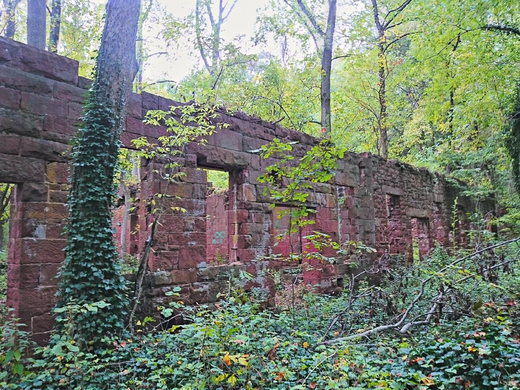
With the construction of the C&O Canal (built in part using stone from the quarry), the fortunes of the Peter family skyrocketed. The heavy sandstone could now reach the Washington, D.C. market via the canal, opening up some lucrative contracts. These included providing the red sandstone for the Smithsonian Castle, built between 1847 and 1855.
The Peter family suffered a decline in fortunes after the Civil War, and the quarry was purchased for $70,000 by the Seneca Sandstone Company in 1866. After 10 years of mismanagement and financial scandal, the company went bankrupt in 1876. It changed hands on two more occasions before eventually shutting down operations in 1901, when the quality of the stone declined significantly and redstone went out of fashion.

Over the course of its history, the workforce at the quarry included many immigrants from England, Wales, and Ireland. African Americans also worked at Seneca Quarry, and may have included enslaved men. According to Garrett Peck, the author of The Smithsonian Castle and the Seneca Quarry, “Slaves most likely worked at the quarry before the Civil War—and freedmen certainly worked there until the quarry closed in 1901.”
The voices of the former workers have long since fallen silent. Today, the quarry sits in ruins, overgrown with sycamores, poplars, and wild rose. Visitors can walk through the woods in search of the property, which includes the red sandstone walls of the old stonecutting mill. There’s also the restored quarry master’s house, the quarry cemetery, and the various stone quarries themselves, all of which fall within the Chesapeake and Ohio Canal National Historical Park.

Clancy's comment: Yet another quarry bites the dust, eh? Also interesting that the crude work of some graffiti artists is found everywhere.
I'm ...


Published on April 07, 2020 14:14



